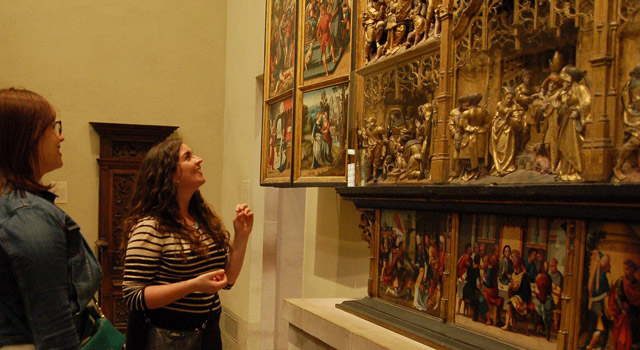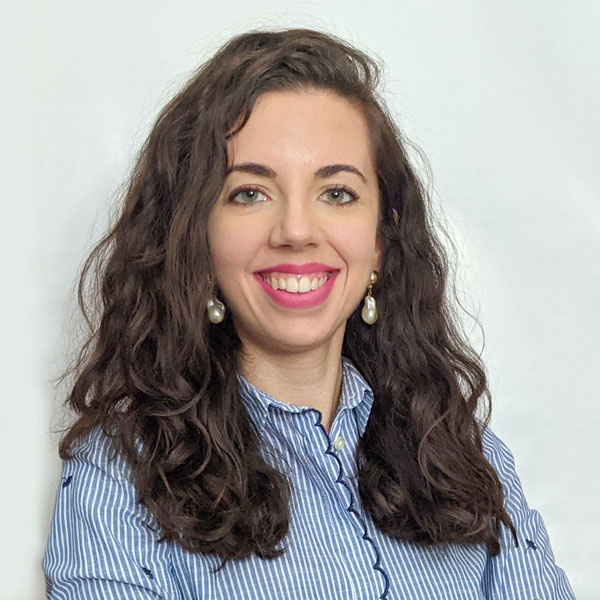A Flexible Program with Solid Results
In our 30-credit program, you will create a personalized course of study reflecting your academic interests and professional goals. Our MA offers two tracks: the thesis capstone and the museum studies capstone. The thesis option prepares students for professions in academia, museum curation, writing, and editing. In this track, you will focus on discipline-related, research-based academic coursework and develop a field of specialization. You will then perform your own research project to create a work of original scholarship for your master’s thesis. This is the better option for those intending to pursue doctoral study and curatorial positions after graduation.
The museum studies capstone prepares students for museum-related career paths such as museum education, registration, programming, and exhibition design. In this track, academic coursework is balanced with practical coursework in museum studies, such as arts administration, conservation, or related fields. This track culminates in a museum studies project, usually with a digital component, tailored to the professional objectives of the individual student.
Internships opportunities are available for both tracks. Full-time and part-time options are available.
Students take 10 courses (30 credits) toward their degree. Three are required. Approaches to Art History, taken in the first semester, introduces the historiography and methodology of the discipline. Workshops taken in the third and fourth semesters support students' capstone projects.
All other courses are electives, drawn from the five areas of faculty specialization: Italian Art (14th-17th centuries), Northern European Art (14th-17th centuries), Modern European Art (18th-21st centuries), American Art (18th-21st centuries), and Asian Art (18th-21st centuries). Students also may take offerings in programs such as arts management, public history, and critical race and gender studies. See complete Admission & Course Requirements.



